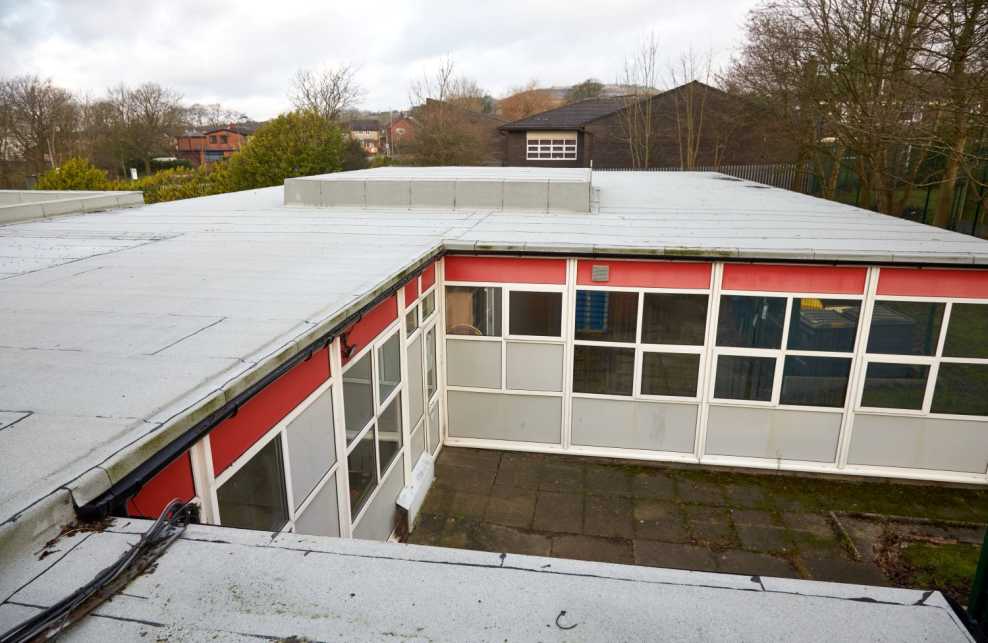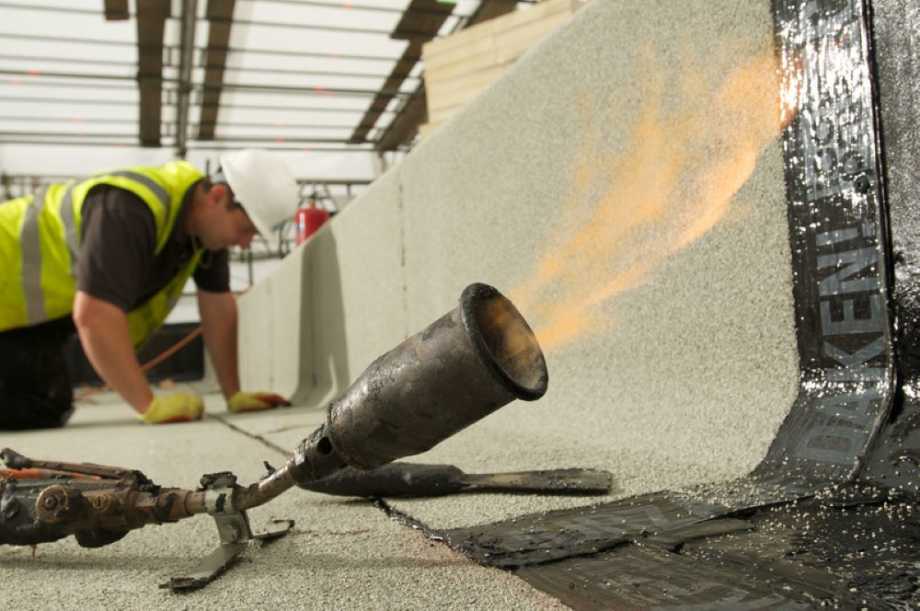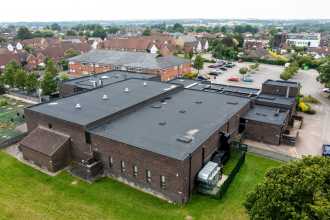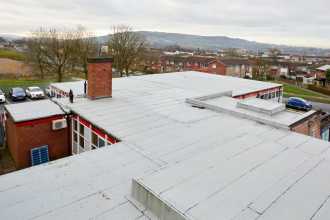Our country pages
Africa
Europe
Search
Order a sample
You can order up to 3 free sample tiles.
We'll aim to deliver your sample order within 5-7 working days from your order date.
How to felt a flat roof

What is the most suitable flat roof felt system for your project
Reinforced bitumen membranes, built-up-felt-roofing, bituminous membranes are some of the ways roofing felts are often described. This type of roofing is often composed of multiple layers of membrane.
Roofing felt membranes are made of modified bitumen compounds with a polyester or glass fibre reinforcement. The upper and lower surfaces of the membranes vary according to the purpose and function of that particular membrane. For example, the final felt layer (often referred to as the cap sheet) will likely have a slate or mineral finish to the upper surface and a thermo fusible film underside.
Jump to section
5 steps to completing your roof waterproofing project with confidence
To determine the most suitable flat roof felt system for your project, and the right combination of membranes and insulation there are 5 important steps to consider.
Consultation and Survey
The roof survey is an essential first step to a refurbished roof. It is essentially a health check for the roof comparing the existing system with the latest standards and practices to assure that it complies as well as checking the condition of the system for fixing failure or water ingress. A full report is written with photographic evidence and recommendations for next steps if any.
Design and Specification
Based on the recommendations of the Survey (if refurb) or upon the desired outcomes of the designer if new build, a design and roofing specification will be created. This will specify the materials and outputs desired from the roof.
Installation and Roofing Contractor
A qualified contractor should then be employed to carry out the installation in accordance with the specification and other relevant standards and regulations.
Site Support and Project Monitoring
When installing a guaranteed roof system manufacturers will send inspectors out at various stages of the installation to advise and check on the quality of the workmanship and adherence to the Specification
System Guarantee, Maintenance and Aftercare
When a qualified contractor has completed the work and it has been signed off through the various site visits and inspections a guarantee may be awarded and that project is often monitored by the manufacturer to ensure its maintenance and performance across the agreed lifespan of the system.
NFRC Safe2Torch Checklist
NFRC Safe2Torch Checklist
Before looking at different methods of waterproofing a flat roof with felt, it’s important to consult the NFRC Safe2Torch Checklist for any identified items, use of a direct torch-on application and use of a TorchSafe™ solution. Safe2Torch is a positive initiative which puts safety first at the design stage of newbuild and refurbishment projects.
The TorchSafe™ design and specification service reduces the risk of roof fires when using gas torches on roofs.
In general, there are a number of different solutions when deciding how to felt a flat roof.
Torch-apply the bituminous membranes onto a primed substrate using a gas torch.
Adhere thermally activated bitumen membranes using specialist adhesive and hot air-welding methods of application.
Mechanically fix (mech-fix) the roofing system using specialist fixings and fasteners in combination with gas torch or hot air welding methods.



